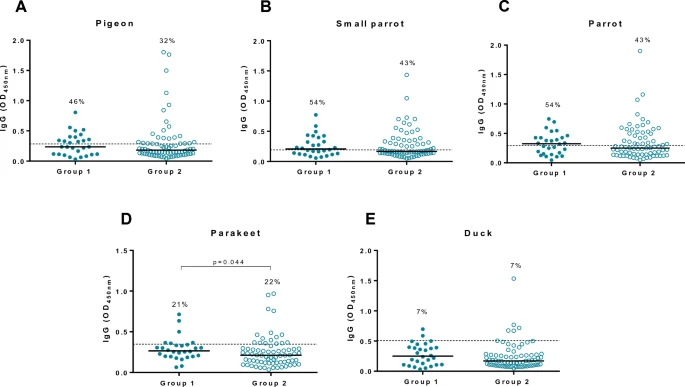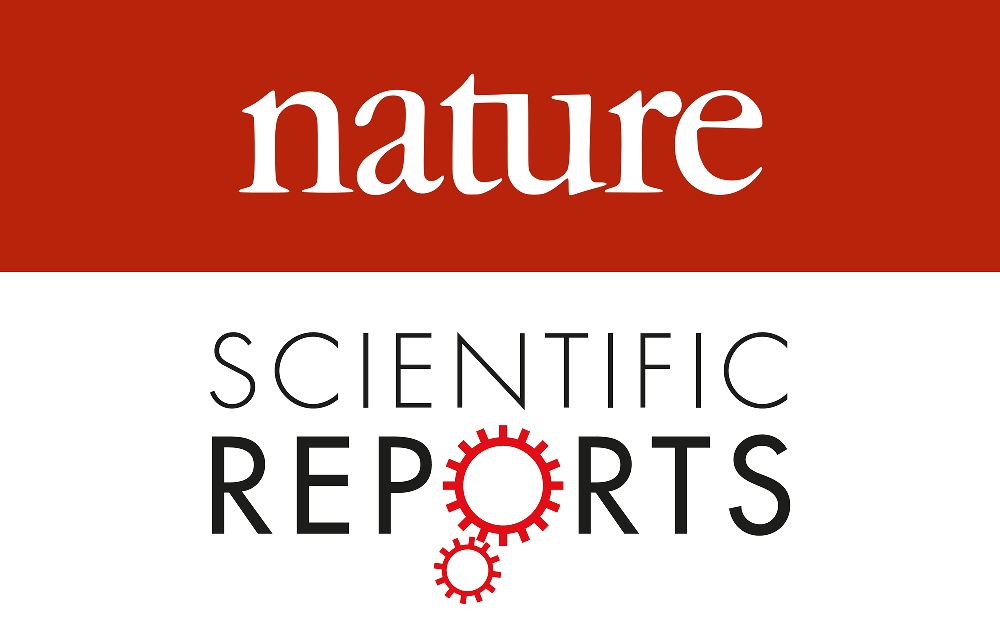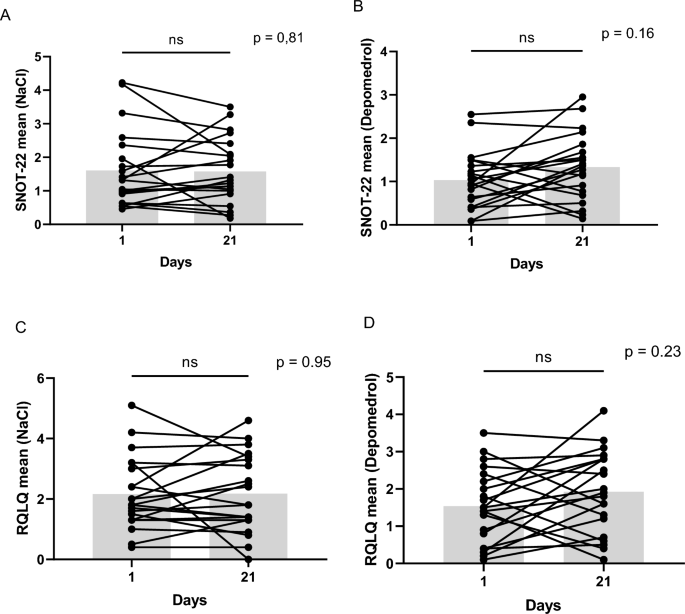REVIEW - Open Access
Mayorga, C, , , , , . Allergy. 2023; 00: 1-12. doi:10.1111/all.15933
Abstract
Immediate drug hypersensitivity reactions (IDHRs) are a burden for patients and the health systems. This problem increases when taking into account that only a small proportion of patients initially labelled as allergic are finally confirmed after an allergological workup. The diverse nature of drugs involved will imply different interactions with the immunological system. Therefore, IDHRs can be produced by a wide array of mechanisms mediated by the drug interaction with specific antibodies or directly on effector target cells. These heterogeneous mechanisms imply an enhanced complexity for an accurate diagnosis and the identification of the phenotype and endotype at early stages of the reaction is of vital importance.













